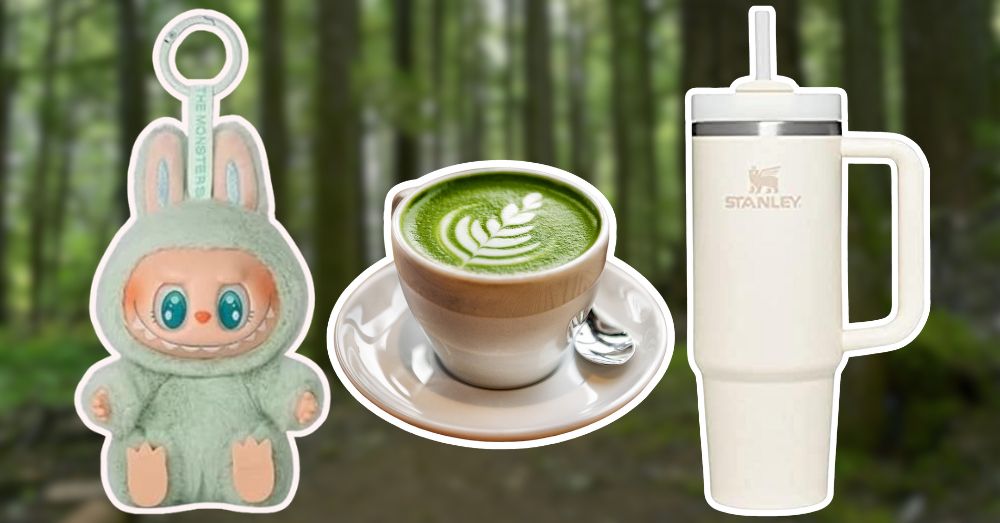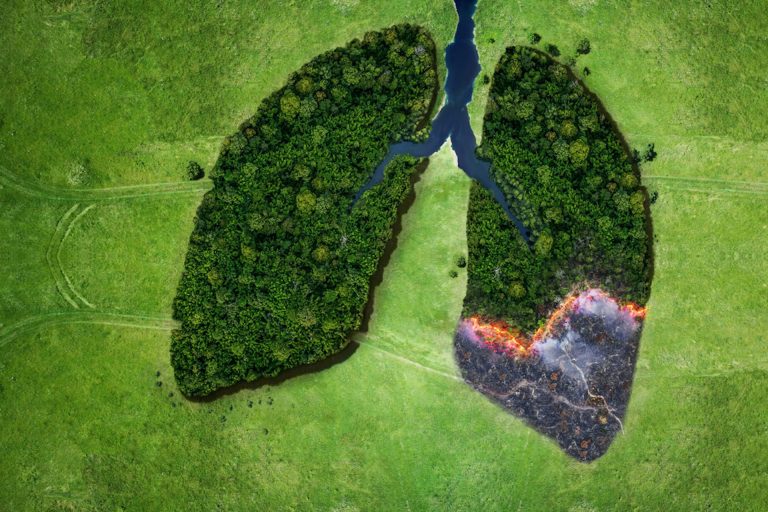If you’re not living under a rock, then you’re already aware that something has taken over Instagram algorithms. No, it’s not a newly released Netflix series or a celebrity’s latest brand collab, but an ugly-cute monster packed in a blind box called Labubu. Labubu is Pop Mart’s most viral creation – a fur-covered plushie with rabbit-like ears and weird, creepy smile with fang-like teeth staring into your soul and yet it’s running out of stock every day.
From Instagram Reels, YouTube videos to brands using them in their campaigns, there’s one word on every tongue and it’s Labubu. But this is not the first time and will not be the last either, in today’s convenience culture. Earlier it was the Stanley sippers, then came the Smiskis and currently along with the Labubus, it’s the Matcha wave.
India, known for its masaledaar kadak chai is now switching to a green, frothy drink, a freshly brewed matcha with its market experiencing a strong CAGR of 8.6% from 2024 to 2030. From cafes to startups, the matcha industry is brewing in India and globally alike. But the question here arises: What exactly is driving these sales? Why are people interested in buying a monster worth Rs 4,000? Why are people buying Stanleys over usual water bottles?
In economics, conspicuous consumption signals the act of buying and displaying expensive items to signal wealth, status of trendiness to others. While your Rs 10 cup of chai is cheaper than a Rs 250 fancy cup of green matcha, it doesn’t portray your wealth. Buying a Labubu, carrying a Stanley to gym and ordering matcha at a cafe portray that you know what’s trending and you’re cooler than others. Additionally, the novelty effect and the bandwagon effect signify how these experiences influence masses, thereby creating trends.
The Labubu trend will soon die but it won’t stop here; another trend will take over your Instagram feeds soon, but who measures the impact of these trends on the environment? While overconsumption is becoming the new normal (isn’t that scary?), it’s neither easy on your pocket nor the environment.
While the latest trends urge you to buy lots of blind boxes, these are not investments and eventually will end up in trash. In fact, nearly 80% of all toys end up in landfills, incinerators or the ocean. The Smiski figures and Sonny Angels include ATBC-PVC plastic which is resistant to biodegradation. Similarly, Japan, famous for its Matcha tea production is facing a matcha crisis as the massive surge in demand results in a ‘boom-bust’ risk for the slow-production economy.
One thing’s for sure, Labubus will soon lose the popularity, falling into a creepy monster category while Stanleys will turn into ordinary a-little-too-huge sippers and matcha will turn into a grass-like tasting drink as people return back to homemade chais, but by that time the damage will already have been done. Therefore, it’s time we stop falling into the herd trap and analyze the repercussions of the trends we see online and not how many likes they get instead.
Source link : View Article
Author
-

Ria Wadhwa is a Gen Z cultural essayist and aspiring journalist, currently pursuing a B.A. (Hons) in Journalism at Kalindi College, University of Delhi. She writes for Youth Ki Awaaz, where she explores art, culture, and youth-led trends—often with a critical lens on sustainability and social change. Additionally, she serves as a creative intern at Grazia India, blending academic insights with practical media experience.



